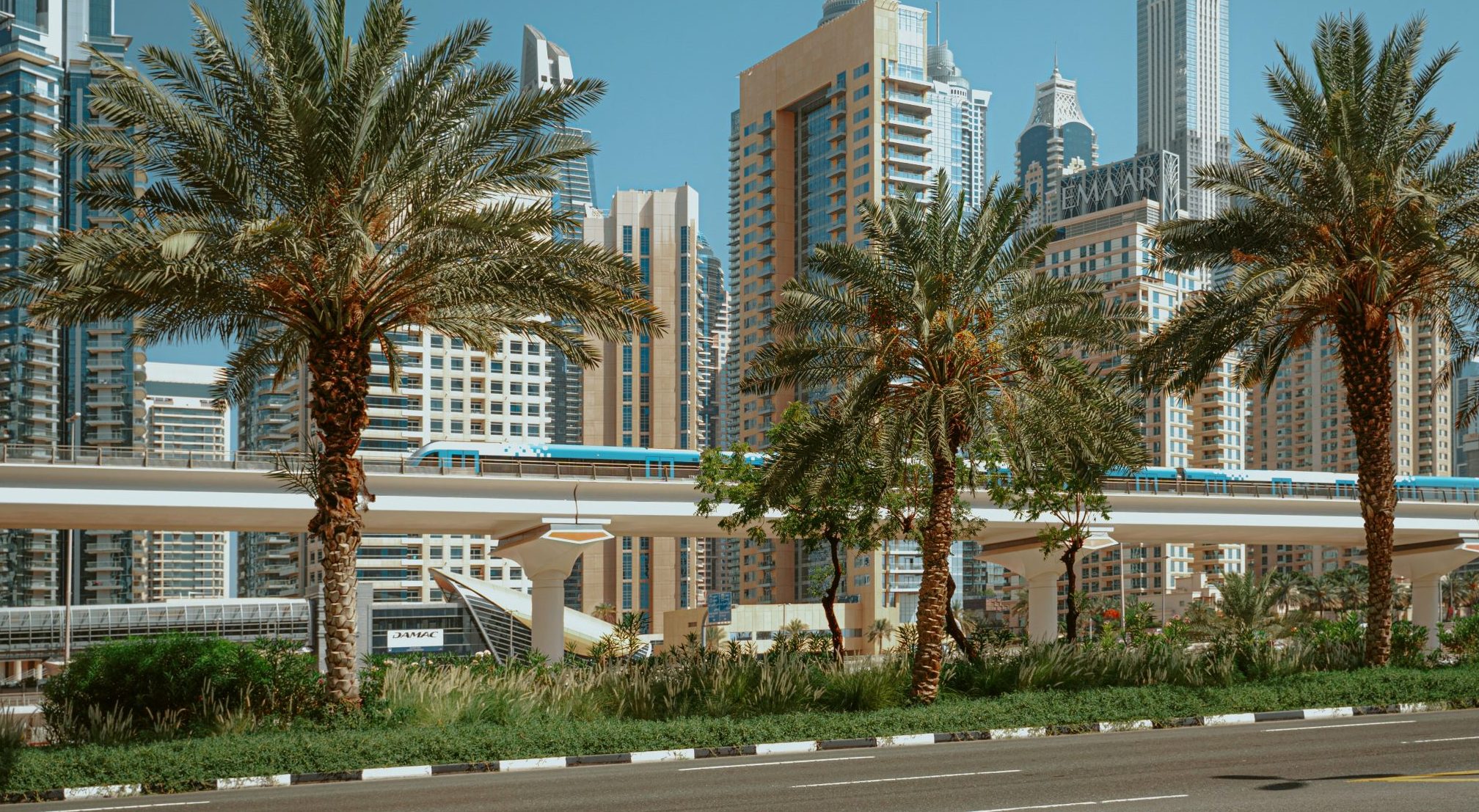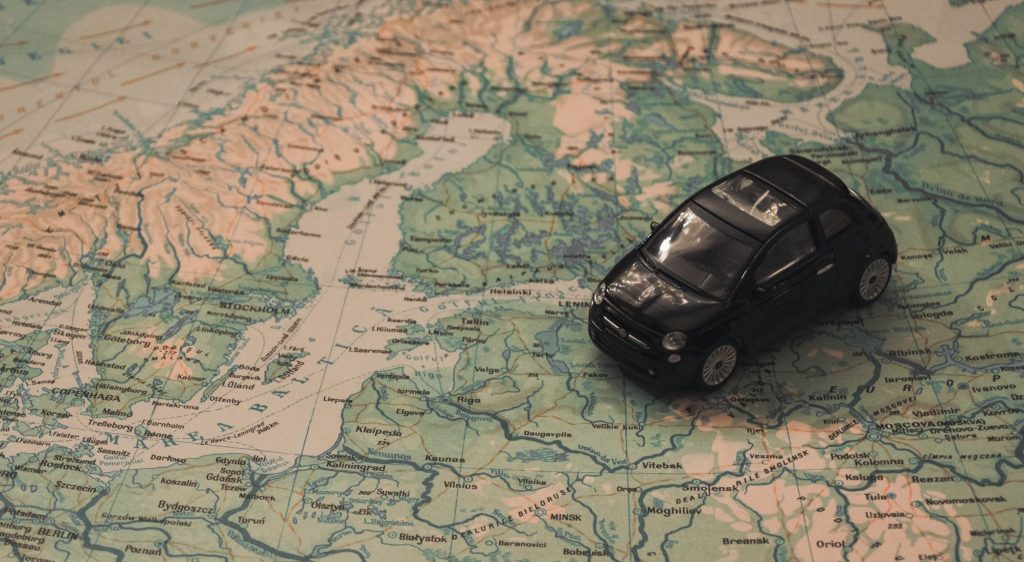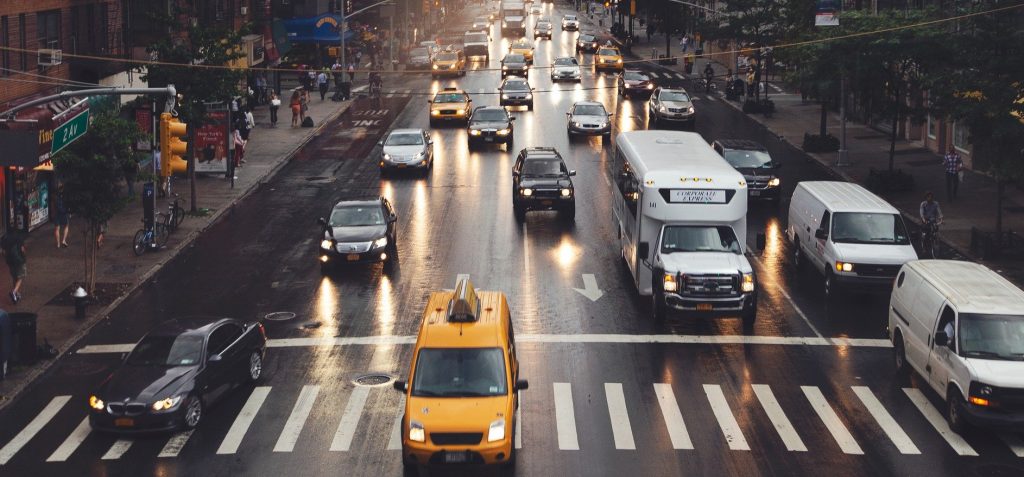For anyone living in Cairo, moving from one neighborhood to another requires choosing the right time, the right route and some luck.
On the flip side, a walk through the capital’s older sections is a treat to the senses with their cramped street vendors and food carts, crowded narrow footpaths, 100-year-old establishments spilling onto the street and local music booming through megaphones. Alexandria, Damietta and Assiut and other cities are similarly vibrant, as well as tourism-focused metropolises such as Hurghada, Aswan, and Luxor during their high season.
However, the advent of the COVID-19 pandemic has shown that vibrant cities are vulnerable. “Making cities successful as cultural and financial centers also makes them a hotbed for spreading disease,” noted a story in the Wall Street Journal in August.
As countries lift lockdowns but retain social distancing, many see this as an opportune moment. “COVID-19 is giving us an opportunity to remake our cities so they work for all the people who live in and around them,” said Marcia Young, the host of CNBC’s World Report, during a June event hosted by Munk School of Global Affairs and Public Policy at the University of Toronto.
Successful redesign of cities in a post-COVID-19 world will have significant economic benefits. “Otherwise, countries would not be in good shape,” warned Nathalie Des Rosiers, a law professor at Massey College, in June during a Munk School event.
Another critical reason to start redesigning cities is the world faces a climate-change crisis whose initial signs have been around for years. “There will be a crisis after this one,” Janette Sadik-Khan, chair of the National Association of City Transportation Officials, told Bloomberg in May. “We don’t want our cities going back to just normal. We want and can have them come back more resilient.”

Evolving cities
Many unique features that characterize old towns were built to survive plagues. Croatia rulers built Dubrovnik in the 14th century to quarantine incoming traders to stop the Bubonic plague from entering the country. London’s sewer system was completed in 1866 in response to deteriorating health conditions.
“Large shocks are always causing things to change,” said Nayan Parekh of Gensler architecture in San Francisco, talking to the Wall Street Journal in August.
Anita McGahan, George E. Connell chair in the Rotman School of Management at the University of Toronto , characterized major cities as densely populated with multi-story buildings. Another feature of major cities is that people flock to them seeking employment and services. ِAccording to Cairo Governor Hassan Tawfik, who spoke to eXtra news two years ago, there are more than 10 million trips in and out of the capital every day.
Parekh noted that COVID-19 started in Wuhan, known as China’s Automotive City, then transmitted to metropolitan areas worldwide, including Milan, New York and Cairo, which has a quarter of Egypt’s population and more than half the country’s COVID-19 infections, according to Ministry of Health statistics. “We must make adjustments [to our cities] going forward,” stressed Parekh.
No public transport
One significant issue is how to manage public transportation. “Cities would eventually have to find alternatives to public transport,” Parkeh told the Wall Street Journal in August. “That would include being able to walk or cycle to anywhere in the city.“
Sadik-Khan speaking to Bloomberg said Milan Mayor Guisseppe Sala “has basically taken the city’s plans for 2030 and is doing it in 2020.” That includes creating 35 kilometers (22 miles) of bike lanes and more car-free zones. According to a crowdsourced database created by the University of North Carolina, at least 291 cities worldwide have introduced more commuter options.
Meanwhile, the “Slow Streets” movement, which appeared in Europe, aims to encourage social distancing. “Closed roads and low-traffic streets help prevent overcrowding of public parks, trails and sidewalks, and allow people to explore their communities as never before through walking, jogging, biking and even wheelchair rolling,” wrote Philippe Rapin, co-founder and CEO of Urban Radar, a specialized think tank, on the World Economic Forum website in June.
He noted that 60 percent of trips made in France and 46 percent of those made in the United States were less than five kilometers. “Many people can walk or bike around the community,” noted Rapin.
The downside of decreasing dependence on public transport is it raises the need for more parking near pedestrian and biking zones, said University of British Columbia planning expert Jordi Honey-Rosés to EurekaAlert!, an online portal, in August. “Streets might need to be redesigned … to free space for pedestrians,” she said.
15 minutes away
In February 2020, Paris Mayor Anne Hidalgo announced a plan to make everything a resident needs reachable within a 15-minute walk or bike ride. The concept is called “a ville du quart d’ heure” or “15-minute city.“
Carlos Moreno, a professor at Paris-Sorbonne University, told Bloomberg in February the plan would require “deconstructing the city” where there are 21,000 residents per square mile. “There are six things that make an urbanite happy,“ he told Liberation, as Bloomberg reported. “Dwelling in dignity, working in proper conditions, [being able to get] provisions, well-being, education and leisure. To improve quality of life, you need to reduce the access radius for these functions.”
Sala is “rethinking the rhythms” of Milan, “offer[ing] services and quality of life within the space of 15 minutes on foot from home.“
A similar idea known as the “20-minute principle” has sprouted in Australia and is being considered by Sustrans Scotland, a charity focused on improving transportation in Scotland. The idea is “about giving people the option to meet their needs within a 20-minute walk or cycle,” Daisy Narayanan, the charity’s director of urbanism, told The Financial Times in July. “With COVID-19, we’ve had a taste of that.“
She stressed that not everything needs to be 20 minutes away. “It’s trying to ensure that people don’t hop in their cars to get a pint of milk,” she explained. “It takes away some of the unnecessary journeys.” Moreno, the French academician, agrees: “We want to create better urban organization.”
Meanwhile, to exist in a post-pandemic world, municipalities should consider “COVID-19 certifications” for brick-and-mortar businesses. According to Spanish media, the Madrid Hotel Business Association proposes a “Covid Free Hotel” certificate for establishments that meet its requirements.
Citiestobe, a specialized think tank, said apartment buildings would have to be redesigned to adapt to the lingering COVID-19 threat. “If people are to spend more time indoors, homes will need to accommodate more uses. Apartments will have to be properly ventilated and better lit in order to improve living conditions and avoid entirely sealed buildings recirculating pathogens through their systems. Shared spaces will need to be rethought, as well.”
Virtual metropolises
Perhaps the most significant change that would occur in cities of the future is that “main street“ or “downtown“ would no longer attract as many people, retail stores and entertainment establishments. “One of the main changes is online booking of places where people, in the past, met since there will be more restrictions on how many people should be in those public locations. Especially indoors,” Parekh of Gensler told the Wall Street Journal.
That would mean all entertainment businesses would need to have an online component. “That would create a larger [than ever] divide among the businesses that have the resources to make such a shift and those that can’t invest in online presence,” said Parekh, adding that retail and restaurants would be most affected.
The solution lies in virtual experiences, which “are key for the retail industry, improving customer engagement by personalizing their experience in a digital space, for instance, bringing the opportunity to go virtual fashion shopping,” said Citiestobe. Similar opportunities would arise for restaurants with online menus and delivery services.
Other casualties of the pandemic are conventional tourism, and cultural and sports events. “A virtual experience economy is here to stay, bringing new opportunities to well [established] economic sectors such as tourism,” said the Citiestobe report. “Travel companies are launching curated virtual city guides, while cultural institutions are promoting their own free virtual tours.”
Such changes would reshape city centers. According to David Nogué, founder and CEO of EIXOS Economic Observatory, a Spanish think tank, up to 60 percent of retail stores that closed in Barcelona during the pandemic may not be able to reopen. Research by Citiestobe, indicates closures will likely impact most major cities in Europe that are unable to control the spread of COVID-19.
The need to change
For the time being, many governments are imposing restrictions to ensure people obey social distancing guidelines. “The results have been very interesting, showing a lot of creativity and innovation. But it’s also already evident that cities cannot and will not fully change in every respect to allow six-foot distancing,” wrote Erick Villagomez, an urban planning lecturer at the University of British Columbia on EurekAlert! in August.
Anthony Breach, lead analyst for housing and planning at the Centre for Cities, sees changing the complexion of landmark cities may not be possible. “Workers want to work in places where land values are high and live in a place where land value is cheaper,” he said to The Financial Times in July.
However, the 2020 Citiestobe report stressed governments need to start changing cities to become more resilient. “The future that awaits cities is intricate, and this complexity calls for a macro scale approach to the upcoming climatic crisis. Frameworks, macro-scale sustainable development goals can provide guidance on where we are headed and how to plan our cities accordingly.”
The first step, according to the report, is to make cities as eco-friendly as possible. “Zero emission cities will be the ones that become future-proof,” according to Citiestobe. “Infrastructure is at the core of zero-carbon cities, as they have the potential to dramatically reduce emissions through material design efficiency and sustainability in new construction, and by properly retrofitting existing buildings.”
The report concluded by stressing that “better planning of new buildings and adaptation of already existing [ones] will distinguish future-proof cities from non-resilient ones.”







